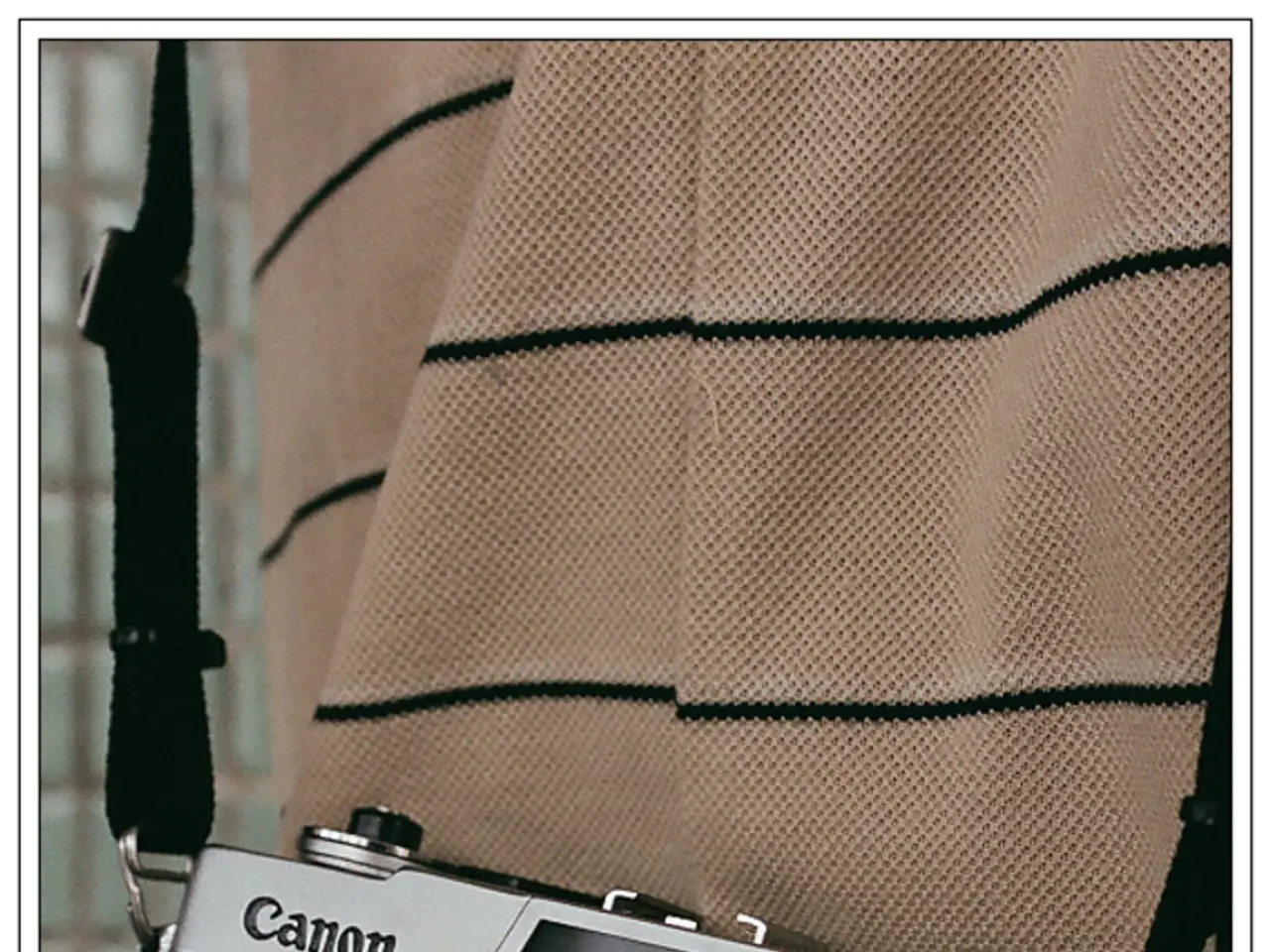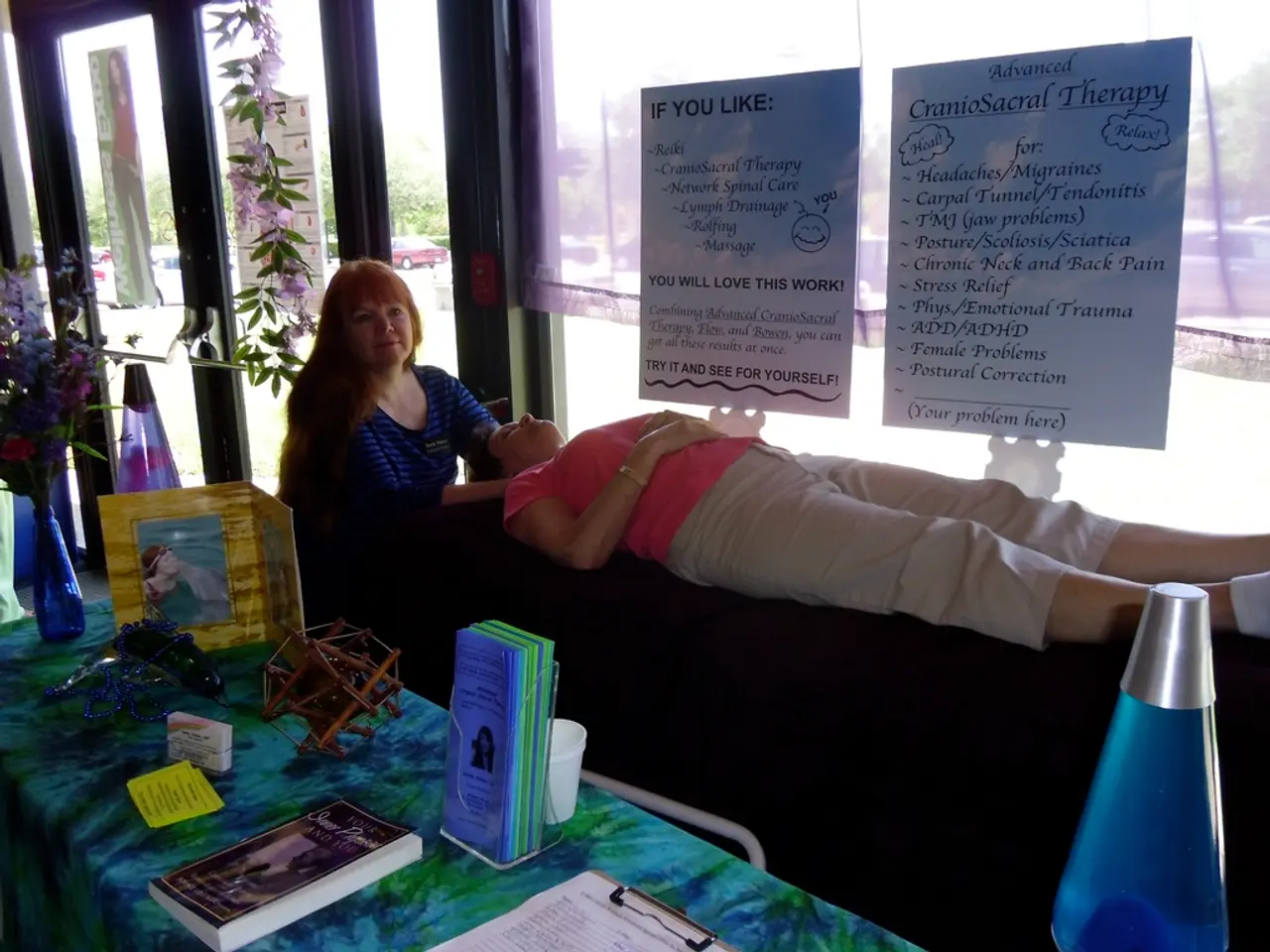Slathering on the Sunscreen: A Guide to UV Protection
Sunscreen protection grade: what you should know
Wading through the sunscreen aisle at your local store can be overwhelming. There are lotions, sprays, and gels, each boasting different sun protection factors (SPF) and catering to various skin types. But how do you choose the best one to shield yourself from harmful UV rays? Two experts share their insights on the most pressing questions regarding UV protection.
Overcoming Sunscreen Dilemmas
1. Decoding Sun Protection Factor (SPF):
Every sunscreen product exhibits an SPF rating, usually ranging from 6 to 50+. Higher SPF means extended protection against sunburn and UV-induced damage. For instance, someone with fair skin can stay out in the sun for 5 to 10 minutes before burning; with an SPF 50 or above, they could potentially enjoy 250 to 500 minutes of sunlight. However, remember that even high SPF doesn't offer complete UV protection, as advised by the Federal Office of Radiation Protection (BfS). Only 60% of the theoretical protection time indicated by the SPF should be exceeded [1].
2. Finding Your Perfect Sunscreen Match:
In addition to skin type and the resulting SPF, other factors weigh in when selecting the ideal sunscreen. "Opt for creams that cater to your skin's moisture needs - drier skin may require richer formulations, while lighter gels or sprays may be preferred by others," says Silke Hofmann, spokesperson for the German Dermatological Society (DDG). Active individuals might want a sunscreen that won't run into their eyes during sweaty activities [2].
3. When is Sun Protection Essential:
The danger that UV radiation poses to the skin is influenced by numerous factors such as season, latitude, and the time of day. A lightly overcast day can have higher UV radiation than a clear one. To stay informed, check the UV index, which ranges from 1 to 11+. This value can be found in common weather apps. The BfS suggests taking precautions to shield eyes and skin from sunlight at a UV index value of 3. On a value of 8, it's best to avoid prolonged exposure to midday sun if possible [1].
4. Mastering Proper Sunscreen Application:
All body areas not covered by clothing or headgear should be shielded with sunscreen.
Sunscreen is the foundation of sun protection. Additionally, donning a head covering can provide further defense.
Frequently neglected areas include the ears, lips, hands, neck, and transitions between skin and clothing. "Individuals with less hair or bald heads often overlook applying sunscreen to their heads, and exposure can easily lead to sunburn. Sunburn can also occur in the spaces between toes and fingers," explains Marion Moers-Carpi [2].
For optimal performance, Moers-Carpi recommends moisturizing the skin beforehand with a lotion or cream that lacks an SPF. Allow it to absorb, then apply sunscreen.
A common misconception is that additional SPF can be added to a daily cream. "The first layer of SPF applied determines the level of protection," clarifies Moers-Carpi [2].
5. Quantifying the Required Sunscreen Amount:
Many folks underapply sunscreen. Guidelines suggest using 2 milligrams of sunscreen per square centimeter of skin, equivalent to one-fifth of a 200-milliliter bottle for a whole body [3]. Alternatively, aim for two finger lengths of sunscreen (from the knuckle to the tip) for each body region.
Sunscreen should be applied 30 minutes before sun exposure and reapplied. Experts suggest reapplying twice daily, with additional applications required when sweating, exercising, or swimming [1]. The BfS advises reapplying every two hours.
6. Sunscreen for Children:
In contrast to adults, infants and young children do not have their own skin protection. Special sun protection is necessary for them.
Prioritize physical, rather than chemical, sunscreens for the little ones since they offer immediate UV reflection and don't penetrate the skin as deeply [3]. For children, a high SPF sunscreen is recommended. It may be wise to choose child-specific sunscreens that omit fragrances and preservatives potentially linked to allergies [3].
7. Sunscreen Shelf Life:
Sunscreens originally sealed and stored properly may still be usable even after the opening date. For instance, a product labeled 12M with a clearly visible month indicates that it remains safe for 12 months post-opening [4].
Visual cues can also help evaluate sunscreen's viability, such as texture and separation. If the lotion appears clumpy or has separated, or if it smells rancid or discolors, discard it. If the sunscreen has faced extreme heat, do not use it [4].
Sources: ntv.de, awm.de, bdc.de
Reference(s):[1] Federal Office for Radiation Protection (BfS)[2] Silke Hofmann, Spokesperson for the German Dermatological Society (DDG)[3] Marion Moers-Carpi, Dermatologist[4] Period After Opening (PAO) Symbol[5] American Academy of Dermatology Association (AADA)
1. In the realm of health-and-wellness products, a community policy could be put in place to encourage employers to provide sunscreen options for their employees as part of their employment policy.
2. When considering the physical activity policy in a company's health-and-wellness program, it might be beneficial to prioritize sunscreen options that are less likely to run into the eyes during fitness-and-exercise.
3. As part of a comprehensive skin-care policy, employees could be educated about the importance of sunscreen and its proper application, including on neglected areas like the ears, lips, hands, neck, and skin-clothing transitions.
4. The employment policy could include a schedule for sunscreen reapplication breaks for employees who work outdoors, adhering to expert recommendations of reapplication every two hours.
5. In the company's nutrition policy, employees could be encouraged to consider sunscreen with healthier ingredients that align with their personal preferences.
6. Under the childcare policy, physical, rather than chemical, sunscreens could be prioritized for the protection of infants and young children.
7. In the context of a corporate responsibility policy, information could be provided on the shelf life of sunscreens and the importance of discarding expired or compromised products.






